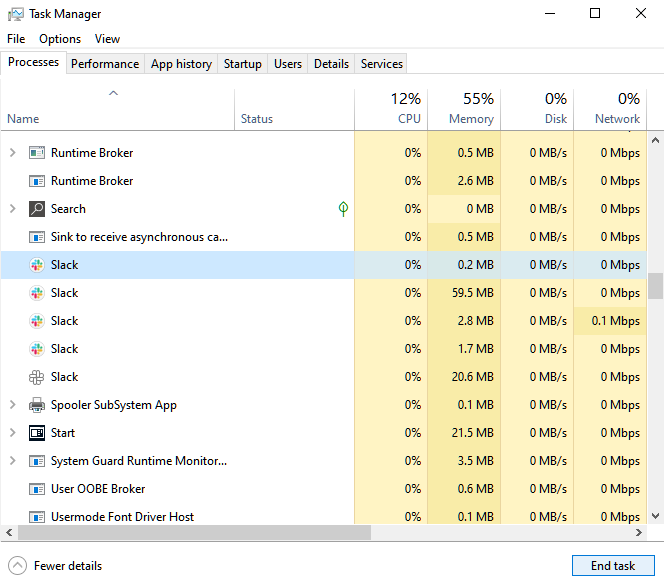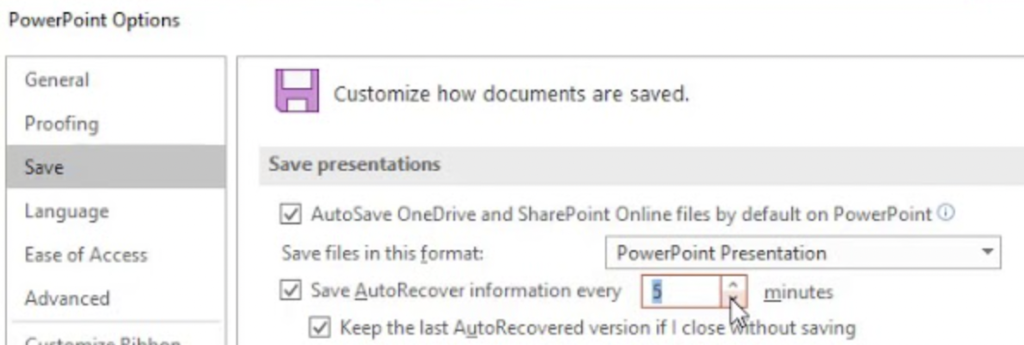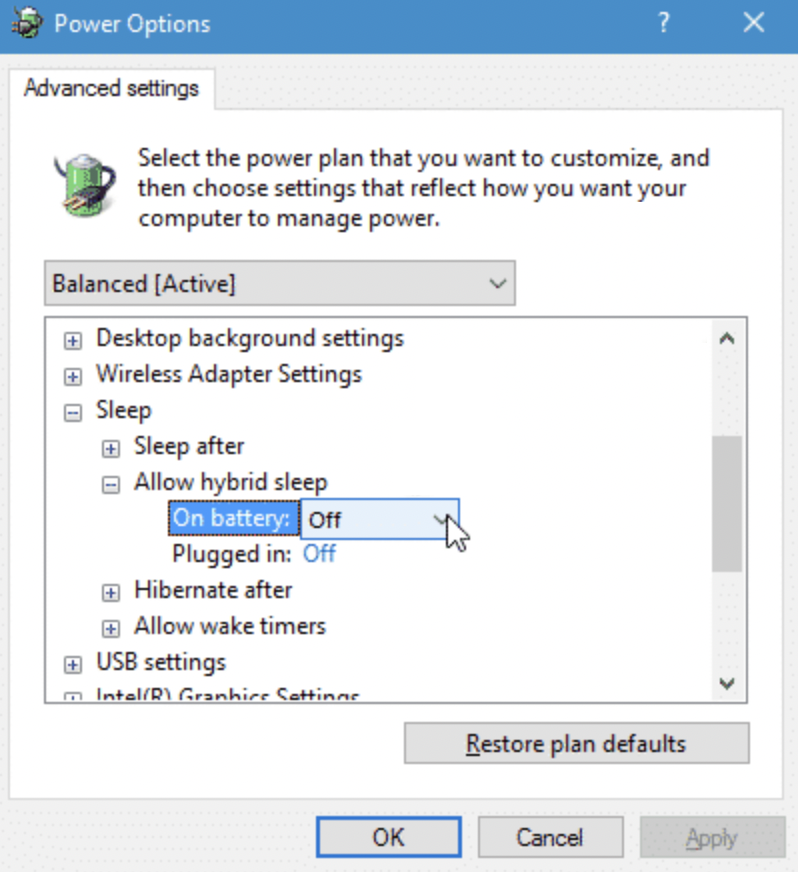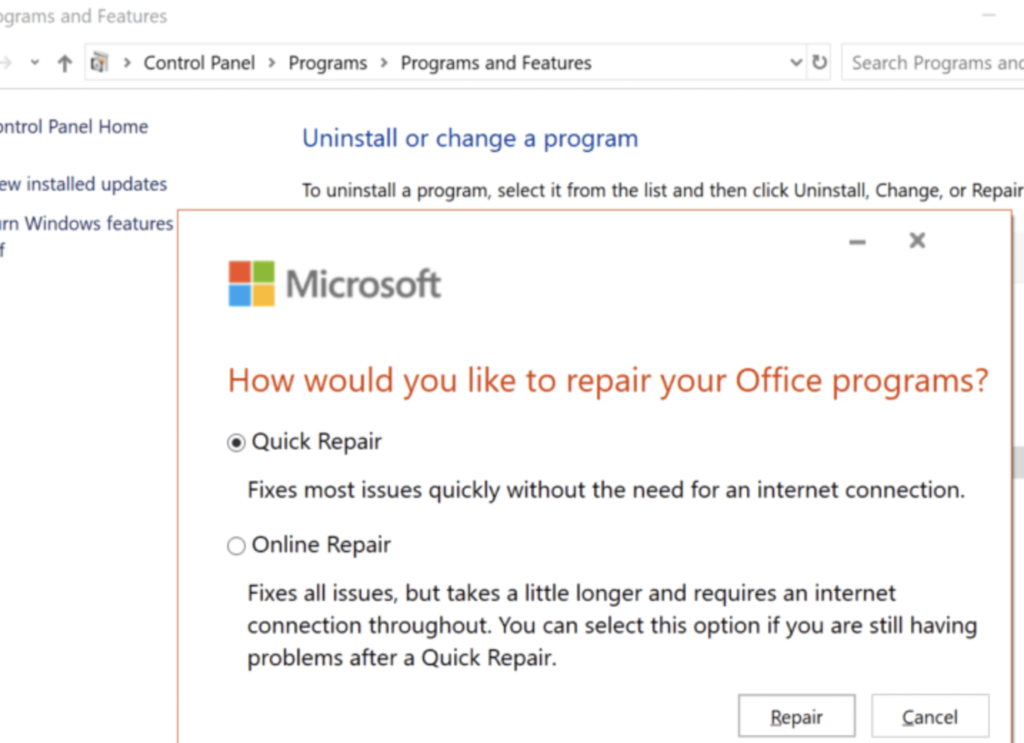Don’t want PowerPoint closing when your computer goes to sleep?
Almost anyone in the world probably knows what PowerPoint is. This software has been around since 1987 and has been incorporated to Microsoft Office. Despite having a lot of competition lately, Microsoft PowerPoint has kept most of the market share.
Although it is undoubtedly one of the best, this doesn’t mean that PowerPoint is flawless. Like any platform, PowerPoint can suffer from downtimes and errors.
If you are reading this, you are probably annoyed with PowerPoint closing whenever your computer goes to sleep. This forces you to relaunch the software and return to the slide you are working on.
This is inconvenient and could affect your productivity.
Most of the time, improper configurations cause this problem on PowerPoint. On the other hand, it can also be due to outdated software or third-party apps.
Today, we will show you how to fix PowerPoint if it’s closing when your computer goes to sleep.
Let’s get started!
1. Check Your System Memory.
One of the most common reasons why PowerPoint or any app closes when your computer goes to sleep is if your system is running low on memory. To run applications, your system needs RAM.
If you want to avoid this, see the steps below to close unused apps on your computer:
- First, press the Windows + X keys on your keyboard to access the Quick Menu.
- After that, click on Task Manager from the options and go to the Processes tab.
- Now, click on the Memory tab to sort your apps based on their RAM usage.
- Identify the programs you are not using and close them.

Once done, relaunch PowerPoint and see if the same issue occurs.
2. Enable Autosave.
To avoid losing data, we recommend turning on autosave on PowerPoint. This will ensure that your progress will be stored before your computer goes to sleep. While this won’t stop PowerPoint from closing, it will keep all your progress intact.
Here’s how you can turn on autosave:
- On PowerPoint, click on the File tab and choose Options.
- Now, access the Save tab.
- Finally, enable the ‘Save Autorecover Information Every’ option and set it to 2 or 5 minutes. You should also enable the ‘Keep the Last Auto Saved Version’ option.

Restart PowerPoint afterward and you are good to go.
3. Enable Hybrid Sleep.
Hybrid Sleep is a feature on Windows that stores your applications and process on your hard drive instead of your RAM. This is mainly designed for desktop PCs, which puts your system into a combination of Sleep and Hibernate status.
Check out the steps below to enable the feature:
- First, access the Start Menu by pressing the Windows key.
- After that, look for ‘Edit Plan Settings’ and click on Open.
- Now, choose the Change Advanced Power Settings option.
- Expand the Sleep tab and enable the options under it. Look for ‘Allow Hybrid Sleep’ and enable the feature for ‘On Battery’ and ‘Plugged In’.
- Lastly, expand the Hibernate After tab and change the time to 1000 Minutes.

Restart your computer and see if the problem is solved.
4. Repair PowerPoint.
If none of the solutions above worked, we recommend repairing your installation packages. This should replace missing and broken installation files from your system to ensure that PowerPoint is working correctly.
Here’s how you can repair PowerPoint:
- Launch the Control Panel on your computer.
- Next, click on Uninstall a Program and locate PowerPoint.
- Finally, right-click on the software and choose Change/Repair.

Once done, restart your computer and see if PowerPoint is still closing when your computer goes to sleep.
That wraps up our guide on how to fix PowerPoint if it’s closing when your computer goes to sleep. If you have questions, please don’t hesitate to leave a comment below, and we’ll do our best to answer them.
If this guide helped you, please share it. 🙂





